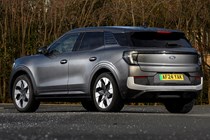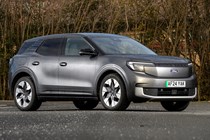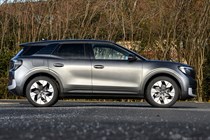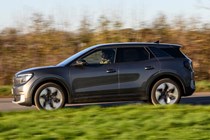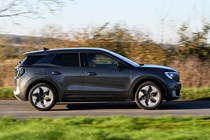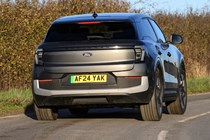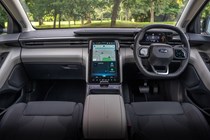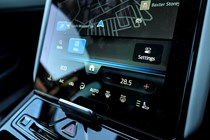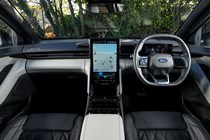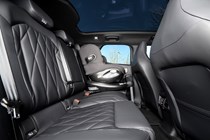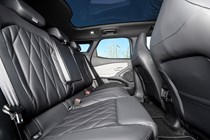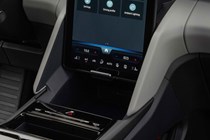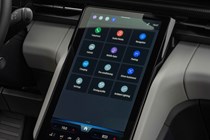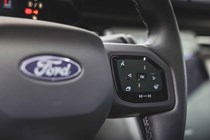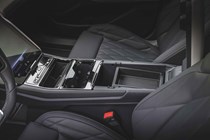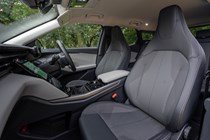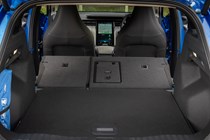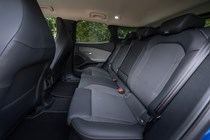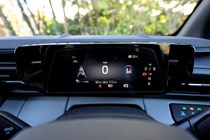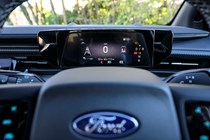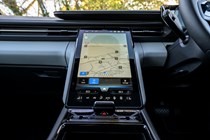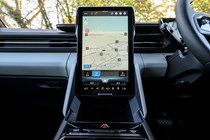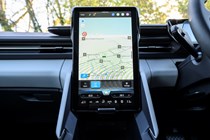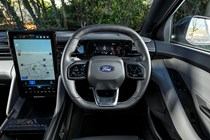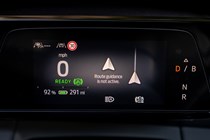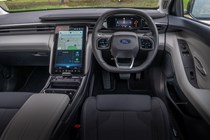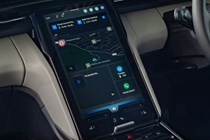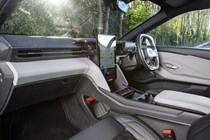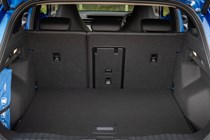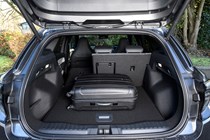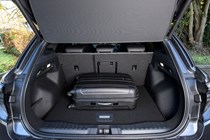Ford Explorer review
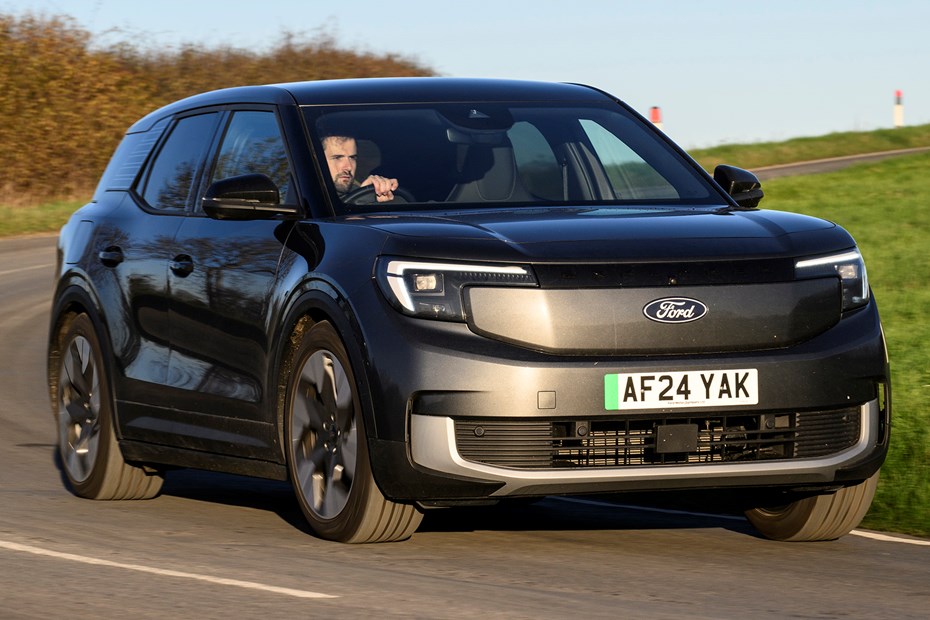
At a glance
| Price new | £39,220 - £55,285 |
|---|---|
| Used prices | £28,660 - £41,690 |
| Road tax cost | £195 - £620 |
| Insurance group | 19 - 32 |
Get an insurance quote with

|
|
| Fuel economy | 2.7 - 5.1 miles/kWh |
| Range | 221 - 374 miles |
| Miles per pound | 4.3 - 15 |
| Number of doors | 5 |
| View full specs for a specific version | |
Available fuel types
Fully electric
Pros & cons
- Sharp handling
- Spacious and practical interior
- Brisk acceleration
- Some cheap-feeling materials
- Modest boot for the class
- Firm ride
Ford Explorer SUV rivals
Overview
You might not remember it, but the Ford Explorer is yet another name plundered from the blue oval’s back catalogue, in this case a large US-designed off-roader from the 1990s. It’s a trait shared with its other electric cars, the reborn Capri and before it, the Mustang Mach-E – as well as a few of its combustion ones as well.
This Explorer is very different to the last. It’s based on the same MEB platform as the Volkswagen ID.4 – but almost everything you see on the surface was put there by Ford’s fair hand. It was designed and engineered in Europe for Europe, it’s loaded with Ford technology, and it’s had 120mm hacked off its rear overhang compared with the ID.4 to make sure it’s distinct enough from both its chassis sibling and the existing Mustang Mach-E. Maximum driving range is 374 miles in WLTP tests, with rear and four-wheel drive available.
It’s also built at Ford’s Cologne factory which has made 18 million cars since 1930 – and it’ll play an important role in Ford of Europe’s aim of becoming an electric-only car manufacturer from 2025. The Explorer certainly has its work cut out, though, as it’s rivalling a deep pool of talented electric SUVs from a variety of manufacturers.
Along with fellow platform buddies such as the Skoda Elroq and larger Enyaq, plus the Audi Q4, there’s also the multi-talented and keenly-priced Renault Scenic E-Tech. Other recent additions to the class include the Peugeot E-3008 and Vauxhall Grandland Electric, with the Tesla Model Y always a popular choice.
It’s available in Select and Premium trims, and both are well equipped. All models get a seven-speaker infotainment system controlled by a 14.6-inch touchscreen and a heated, massaging driver’s seat – so you won’t feel shortchanged. Upgrading to Premium spec gets you an upgraded 10-speaker B&O sound system, and hands-free tailgate opening. Disappointingly, a heat pump is an optional extra on all models.
Keeping reading over the next few pages to find out whether Ford has built an electric car that can take on the competition and come out on top. In this review, we’ll assess the Explorer’s practicality, interior quality, technology, driving experience and running costs before offering our final verdict. If you’d like to learn more about how we reached our conclusion, check out our how we test cars explainer page.



